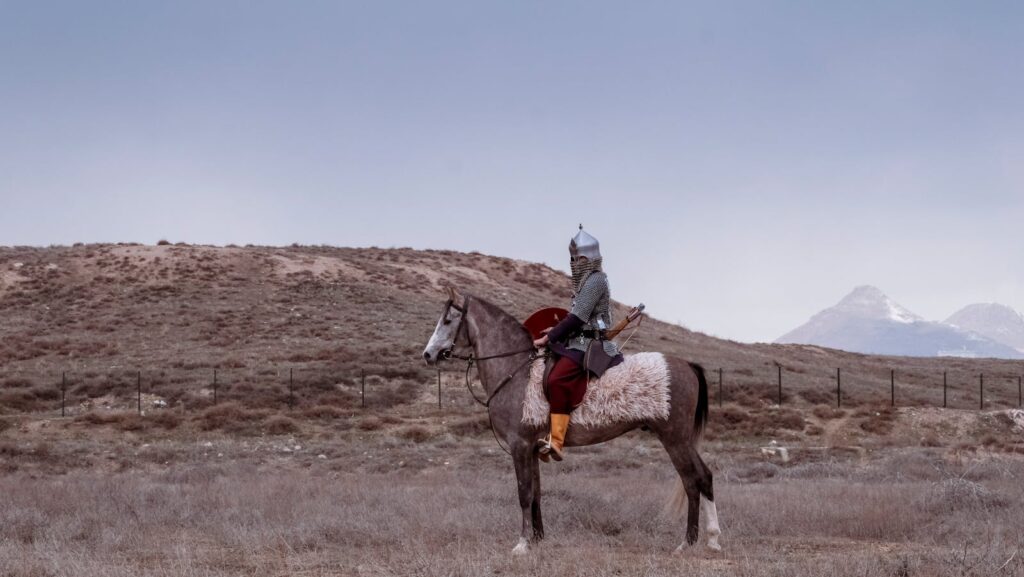Mounted archery, the ancient art of shooting arrows from horseback, has experienced a remarkable revival in recent years as both a competitive sport and a celebration of historical martial traditions. This challenging discipline requires mastery of two separate skills—horsemanship and archery—and then the ability to combine them seamlessly while in motion. For those drawn to this unique activity, the thrill of connecting with historical warrior traditions while developing an extraordinary partnership with their horse proves irresistible. Whether you’re new to horses, new to archery, or experienced in both but looking to combine these skills, this guide will walk you through the fundamentals of training for mounted archery competitions, from essential equipment needs to advanced competition strategies.
Understanding the Foundations of Mounted Archery
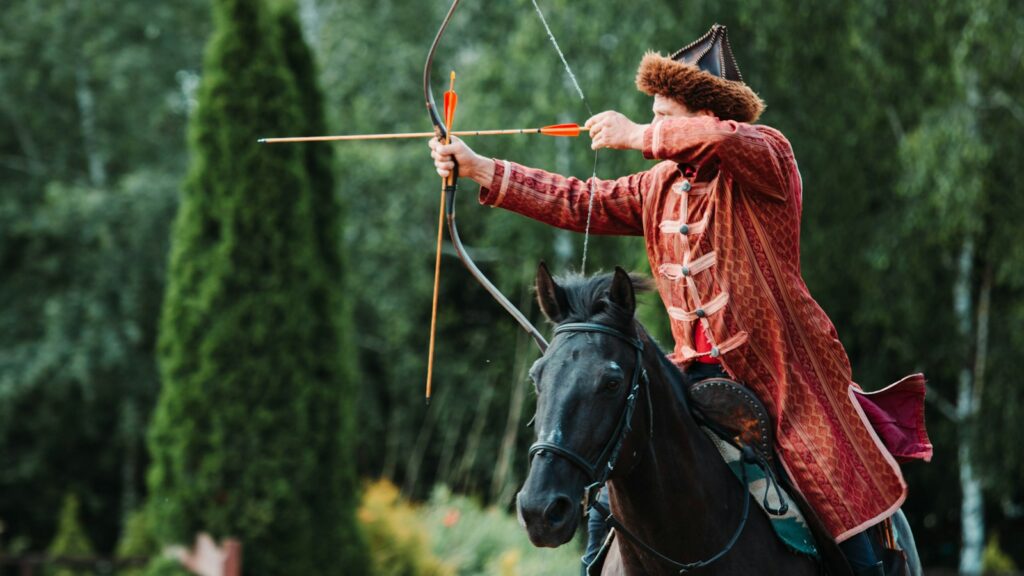
Mounted archery originated thousands of years ago as a military technique used by nomadic cultures across Asia, the Middle East, and parts of Europe. These horse-bound warriors—including Mongols, Huns, Scythians, and others—developed specific shooting techniques tailored to battlefield conditions while on moving horseback. Modern mounted archery competitions draw inspiration from these historical roots, with different styles reflecting regional traditions such as Hungarian, Korean, or Turkish. Understanding these foundations provides valuable context for your training journey and helps inform your decisions about equipment and technique. Unlike many modern sports that continuously evolve with new technology, mounted archery’s appeal partly lies in its connection to traditional methods, though modern safety standards and training approaches have certainly enhanced the learning process.
Essential Equipment for Beginning Mounted Archers
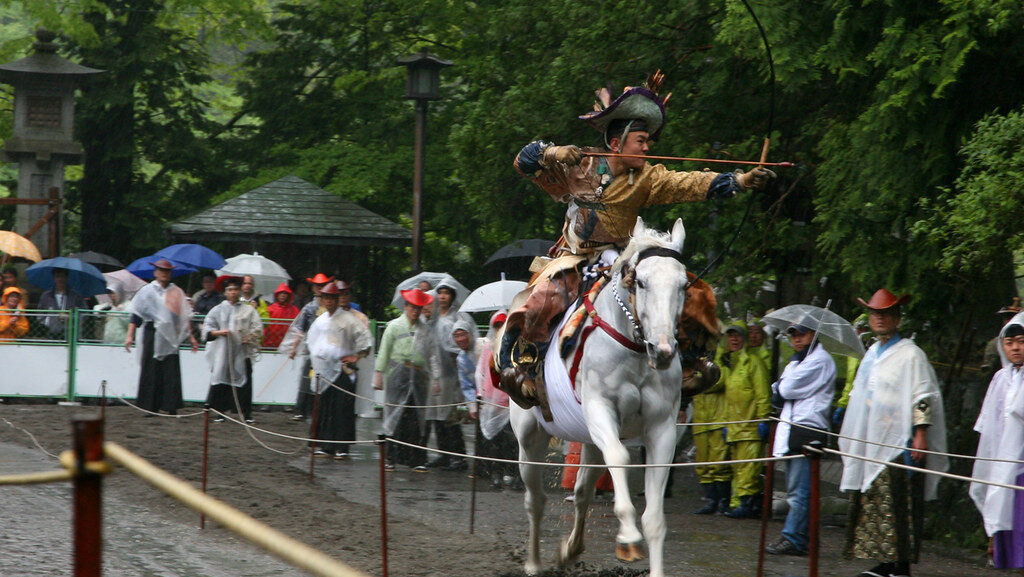
Starting your mounted archery journey requires specific equipment designed for this unique discipline. For archery components, begin with a traditional-style horsebow with a draw weight you can comfortably manage (typically 25-35 pounds for beginners); these short, recurve bows without arrow shelves are specifically designed for shooting from horseback. Arrows should be properly spined for your bow weight, with feather fletchings (not plastic vanes) and durable tips appropriate for your target type. For riding equipment, you’ll need a comfortable saddle that allows freedom of movement—many mounted archers prefer treeless saddles, though any saddle that permits proper position can work. Additionally, invest in appropriate safety gear including an ASTM/SEI-certified riding helmet, closed-toe boots with a heel, and potentially a chest protector. While traditional archers often use thumb rings, modern beginners typically start with a three-finger draw using a simple glove or tab.
Developing Archery Skills Before Mounting
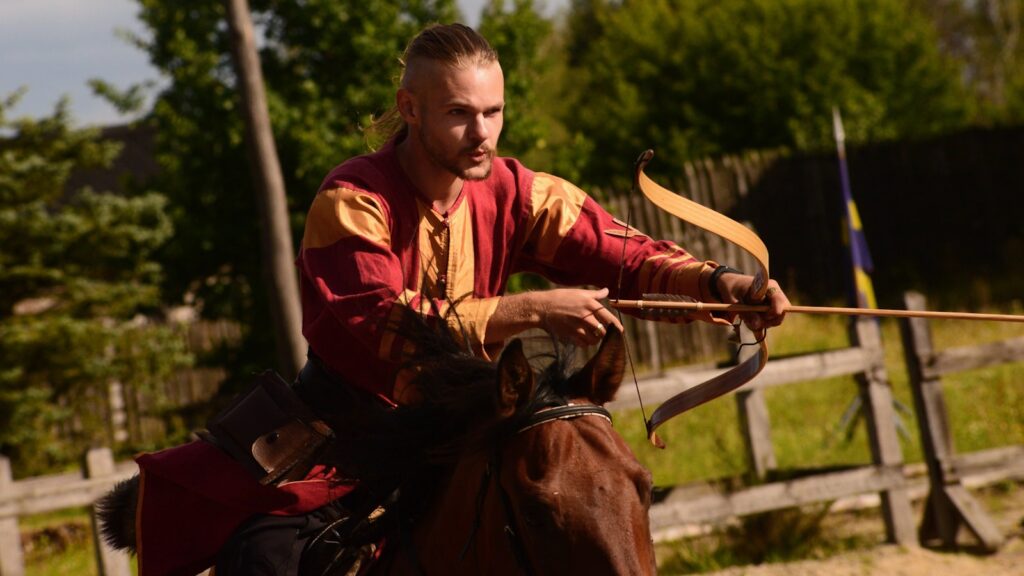
Before combining archery with horseback riding, develop a solid archery foundation on the ground. Daily practice with your horsebow is essential, focusing on proper stance, draw technique, anchor point, and release—all elements that transfer to mounted work. Unlike modern target archery with its mechanical releases and sights, mounted archery relies on instinctive shooting, where you develop an intuitive sense of aiming rather than using conscious alignment. Practice shooting from various positions, including kneeling and standing, to build adaptability. Gradually incorporate movement into your practice by walking, then jogging while shooting, or working with a ground-based simulator (essentially a sliding platform you stand on while shooting). Many successful mounted archers dedicate several months solely to ground archery before attempting to shoot from horseback, ensuring they can consistently hit targets from various distances and positions. This foundation-building phase cannot be rushed, as attempting mounted work prematurely risks developing problematic habits that become difficult to correct.
Horsemanship Requirements for Mounted Archery
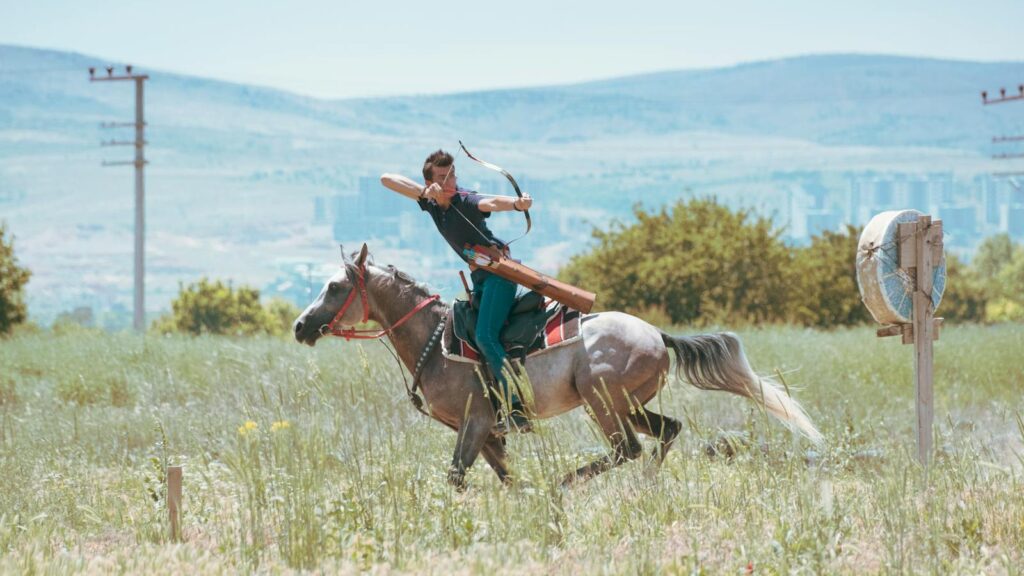
Successfully mounted archery demands solid horsemanship skills before introducing archery elements. At a minimum, you should be comfortable riding at all gaits with your hands independent of the reins, maintaining balance through transitions and turns. Most mounted archery is performed with rein control primarily from your legs and seat, freeing your hands for bow operation. Spend time practicing riding with one hand or even no hands, developing your ability to guide your horse through subtle weight shifts and leg cues. Your horse should respond reliably to these cues and maintain a consistent speed without constant rein adjustment. Additionally, develop your ability to ride in the “archer’s seat”—a balanced position slightly behind the vertical with weight distributed evenly—which provides the stability needed for accurate shooting. This position differs from many modern riding disciplines, so dedicated practice is necessary to develop the specific muscle memory required for mounted archery.
Selecting and Training a Suitable Horse

Not every horse is immediately suited for mounted archery, though many can be trained for this discipline with patience and consistent work. Ideally, mounted archery horses possess a calm, steady temperament and aren’t easily startled by sudden movements or the sound of bowstrings. Begin by desensitizing your horse to archery equipment through gradual exposure—let them inspect the bow, hear the sound of the string, and eventually become comfortable with you drawing and releasing while standing beside them. Once comfortable, progress to shooting from behind while standing still, then at a walk, and finally at faster gaits. Breed is less important than temperament, though horses with smooth gaits often make the learning process easier. Size matters less than you might expect; many successful mounted archers compete on ponies or smaller horses, as a lower height to the ground can be advantageous for some course layouts. Remember that your horse is your primary partner in this discipline—their comfort and confidence are as important as your own skills.
Combining Riding and Shooting: First Steps

The integration of archery and riding begins with methodical, structured exercises to build muscle memory and confidence. Start by simply carrying your bow (unstrung) while riding, becoming accustomed to its weight and practicing smooth transitions between carrying positions. Graduate to a strung bow, practicing the motion of drawing and aiming without arrows while your horse stands still, then at a walk. When ready for actual shooting, begin with a controlled environment: a straight path with a large, close target while walking. Many instructors recommend using a ground person to lead the horse initially, allowing you to focus entirely on the shooting process. Avoid the common mistake of rushing this integration phase; success in mounted archery comes from methodical progression, not skipping ahead to galloping and shooting before the foundations are solid. Each small accomplishment—successfully drawing, aiming, or hitting a target at a walk—represents significant progress and should be celebrated accordingly.
Understanding Competition Formats and Rules

Mounted archery competitions vary widely in format, reflecting different historical traditions and testing various skills. The Korean style emphasizes extremely rapid shooting at close targets along a straight track, while Hungarian courses often include multiple targets at varying distances, sometimes requiring the archer to shoot in different directions. Some competitions include speed as a scoring factor, while others focus purely on accuracy. Common formats include the Hungarian course (multiple targets shot from a galloping horse along a straight track), the Korean track (very rapid shooting at close targets), and raid courses (winding paths with targets at various angles and distances). Familiarize yourself with the specific rules of competitions you plan to enter, including scoring systems, time limits, required equipment, and horse gait requirements. Many organizations publish their rulebooks online, and studying these guidelines helps you structure your training appropriately for your competitive goals.
Building a Progressive Training Schedule

Effective training for mounted archery requires a structured approach that builds skills systematically while avoiding overwhelm for both horse and rider. Develop a weekly schedule that includes separate sessions for archery practice, horsemanship development, and combined mounted archery work. For beginners, this might mean five to six days of ground archery practice (even briefly), three to four riding sessions, and one or two combined practices once foundations are established. Progress should be measured in small increments—increasing accuracy at current distances before extending range, mastering consistent shooting at a walk before attempting trotting, and so on. A sample weekly schedule might include Monday for ground archery drills, Tuesday for horsemanship without archery equipment, Wednesday for carrying the bow while riding without shooting, Thursday for rest, Friday for ground archery at varying distances, Saturday for walk-pace mounted shots, and Sunday for reviewing video of your practice to identify improvement areas. Consistency matters more than duration; short, focused practice sessions often yield better results than occasional marathon training days.
Essential Mounted Archery Drills and Exercises
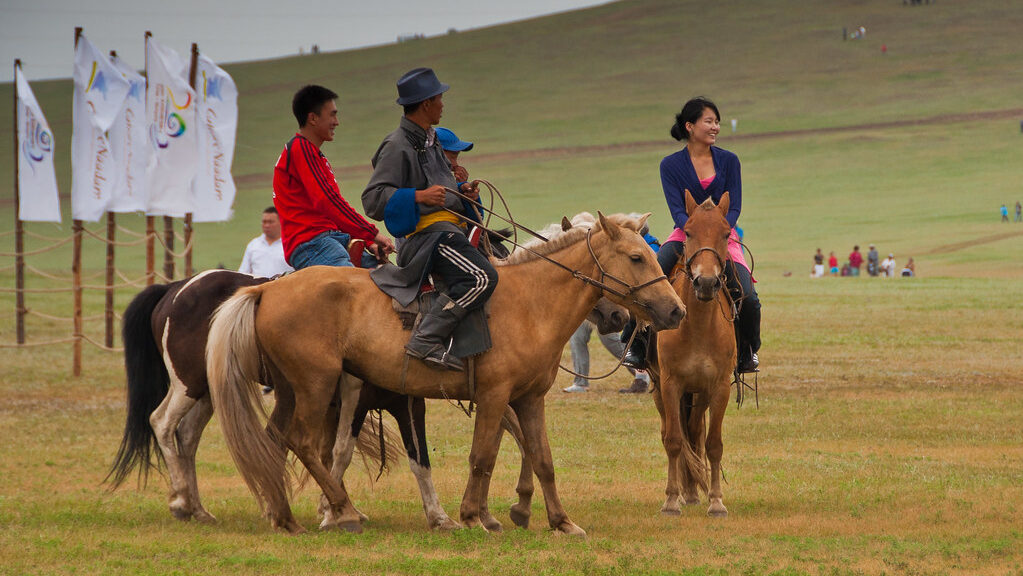
Specific drills help develop the unique skill combinations required for mounted archery success. The “progressive draw” drill involves repeatedly practicing the motion of drawing your bow while mounted, first at a standstill, then walking, and eventually at faster gaits—without actually releasing arrows. This builds muscle memory for the drawing motion while maintaining balance. Another valuable exercise is the “target transition drill,” where you set up multiple targets along a straight path and practice shifting your focus smoothly from one to the next while maintaining your shooting rhythm. For developing timing, try the “countdown drill”: have a ground person count down from three as you approach the target, releasing on “one” to develop consistent timing for different distances and speeds. Focus exercises are also crucial; practice maintaining visual connection with your target while your horse moves, developing your ability to filter out distractions. Many successful archers also incorporate specific physical conditioning exercises off-horse, such as resistance band training to strengthen draw muscles and balance exercises like standing on one leg while drawing.
Advanced Techniques for Competitive Performance
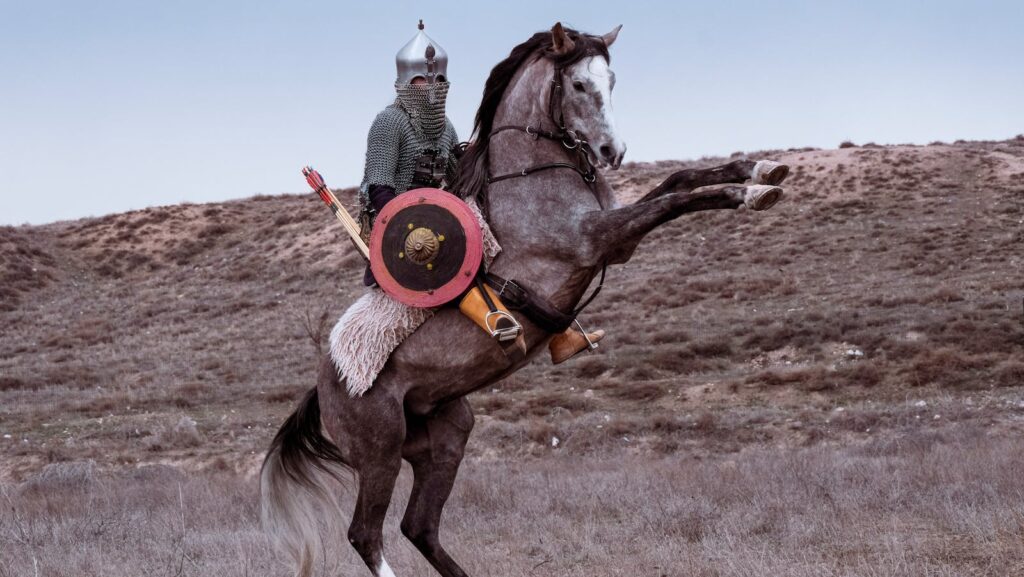
As your skills advance, specific techniques can elevate your competitive performance. The “continuous draw” method, where you maintain partial draw tension throughout your course rather than completely relaxing between shots, can significantly improve shooting speed for formats where rapid fire is valued. Refine your arrow handling system, experimenting with various quiver positions or arrow-holding techniques (like the “thumb draw” method for holding multiple arrows) to find what allows the quickest reload for your body mechanics. Advanced riders develop the ability to subtly adjust their horse’s speed within a gait to perfectly time arrival at shooting positions, using almost imperceptible weight shifts and leg pressures. Competition-focused archers also develop strategic approaches to different course layouts, including deliberately sacrificing points on certain targets to maximize overall scores. Mental preparation becomes increasingly important at higher levels, with many top competitors using visualization techniques, developing pre-shot routines, and practicing under simulated competition pressure to prepare for tournament environments.
Common Mistakes and How to Avoid Them
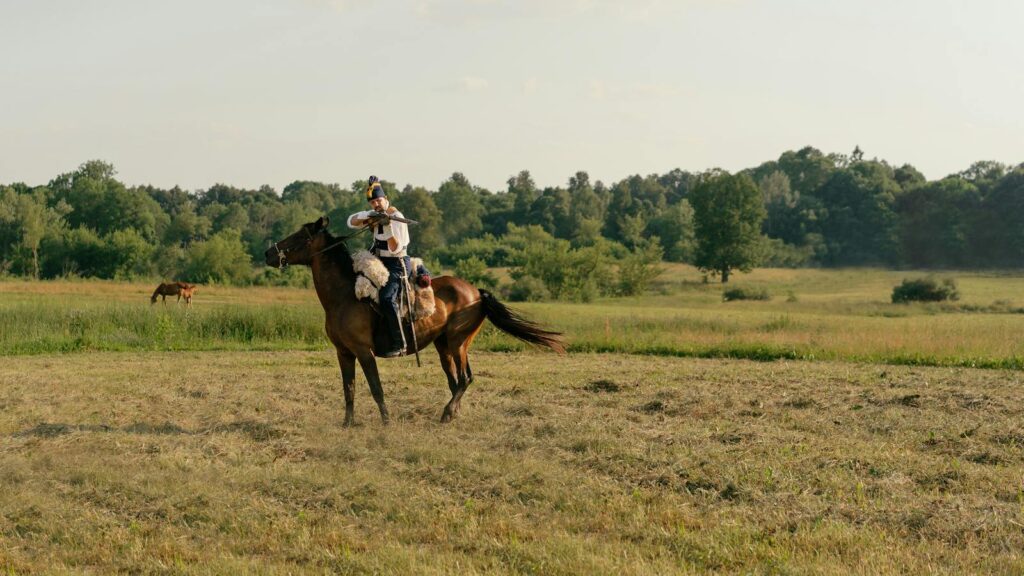
Several common pitfalls can hinder mounted archery progress, but awareness will help you avoid these traps. Perhaps the most prevalent mistake is rushing progression—attempting to shoot at faster gaits before mastering slower ones, or increasing distance before achieving consistent accuracy at closer ranges. Equally problematic is neglecting foundation skills; many enthusiastic beginners focus on combined mounted work while letting their ground archery or riding fundamentals deteriorate. Equipment errors frequently create unnecessary challenges, particularly inappropriate bow weights (too heavy), poor arrow spine matching, or uncomfortable saddles that restrict movement. From a technical perspective, many beginners struggle with inconsistent draw length while mounted, creating accuracy problems that compound with distance. Another common issue is “reactive riding”—becoming so focused on the targets that you stop actively riding your horse, leading to erratic pace and line. Address these issues through disciplined practice of fundamentals, systematic progression, regular video review of your form, and ideally, periodic lessons with experienced instructors who can identify subtle form issues before they become habitual.
Mental Preparation and Competition Psychology
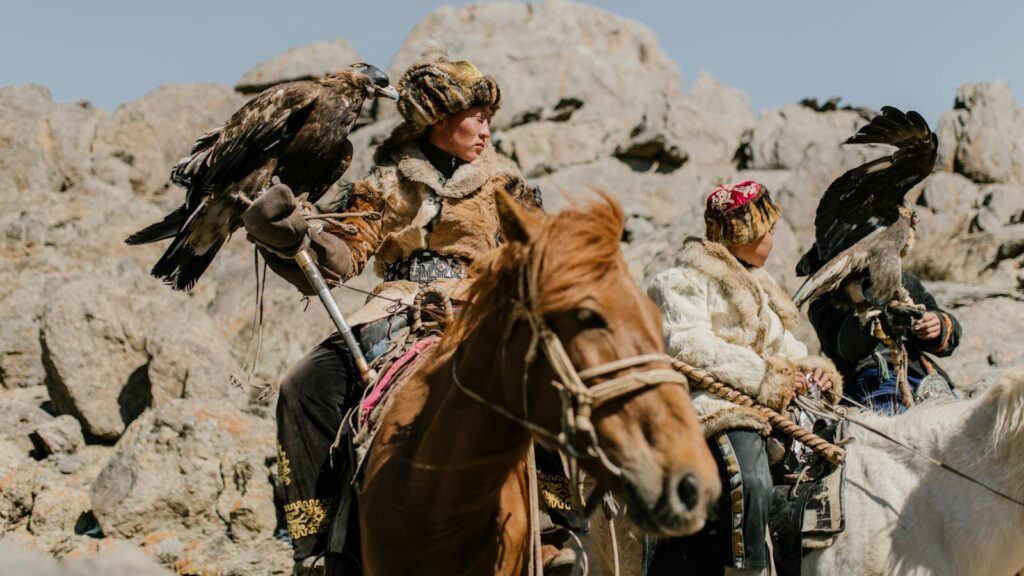
The mental aspects of mounted archery become increasingly important as you advance toward competition. Many archers find that their first tournament experiences reveal psychological challenges not encountered during practice, including performance anxiety, difficulty maintaining focus amid distractions, and tendency to rush shots under pressure. Develop specific pre-competition routines that help center your mind and establish familiar patterns regardless of the environment—perhaps a specific warm-up sequence or breathing exercise before mounting. During competition, maintain focus on process rather than outcome; concentrate on executing your technique properly rather than worrying about scores or placement. Visualization practices prove valuable for many competitors, mentally rehearsing successful runs in detail before actual performance. Additionally, develop contingency plans for common scenarios like a horse breaking pace or a dropped arrow, allowing you to adapt smoothly without becoming flustered. Remember that even elite mounted archers experience off days and missed targets; developing resilience and the ability to refocus after disappointments separates successful competitors from those who become discouraged by inevitable setbacks.
Find Resources, Communities, and Competitions
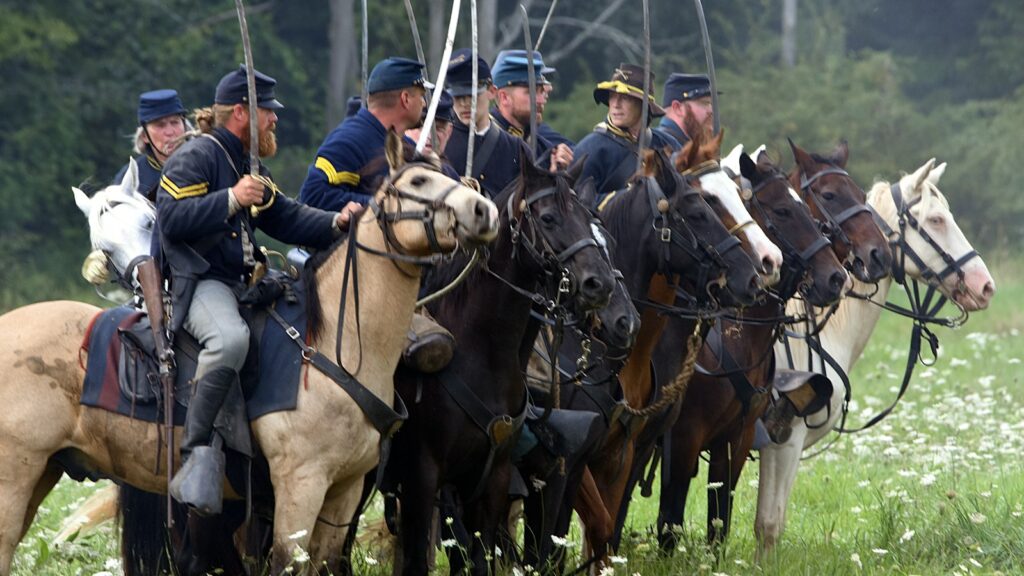
While mounted archery remains a relatively niche activity, the community has grown substantially in recent years, creating more opportunities for instruction and competition. Organizations like the International Horseback Archery Alliance (IHAA), Mounted Archery Association of the Americas (MA3), and various national associations maintain directories of clubs, instructors, and events. Social media groups dedicated to mounted archery have become valuable resources for connecting with other practitioners, with many experienced archers generously sharing advice and training videos. Look for clinics and workshops in your region, which often provide intensive learning opportunities with experienced instructors who can rapidly advance your skills. If no local club exists, consider starting one—many current groups began with just a few interested individuals sharing resources and knowledge. Competition opportunities range from local club events to regional qualifiers and international tournaments, with the World Nomad Games representing one of the highest-profile venues for the sport. For those without immediate access to in-person resources, several mounted archery schools now offer online courses covering fundamental techniques, though these eventually need supplementing with hands-on instruction.
Safety Considerations and Risk Management
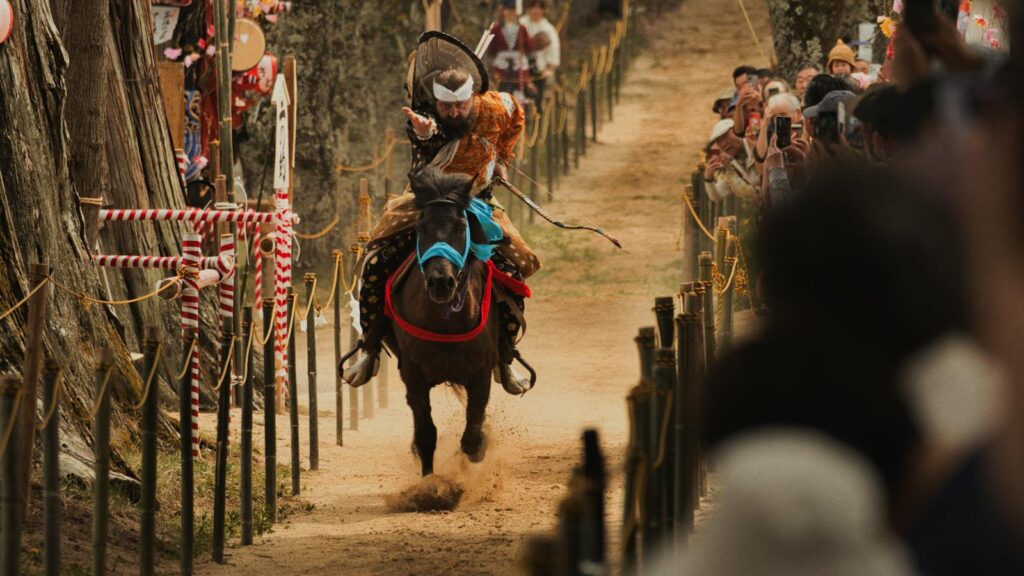
Mounted archery combines two activities that each carry inherent risks, making safety protocols particularly important. Always wear appropriate protective equipment, including an approved riding helmet (even if competing in historical styles), closed-toe boots with heels, and potentially a chest protector when beginning. Establish strict safety zones for ground practice, ensuring no people or animals can wander into shooting lanes. When practicing mounted, always use a contained area with appropriate boundaries and footing, ideally with someone present on the ground in case of difficulties. Inspect all equipment before each session—check bow limbs for cracks, arrows for damage, and tack for wear that could lead to failure. Progress at an appropriate pace for both your skill level and your horse’s comfort level; pushing too quickly invites accidents. Develop an emergency response plan for various scenarios, including knowing basic first aid for both humans and horses, and keeping a phone accessible during all practice sessions. While these precautions may seem excessive, they form the foundation of responsible participation in a sport that pairs two challenging activities at speed.
Mastering the Art of Mounted Archery
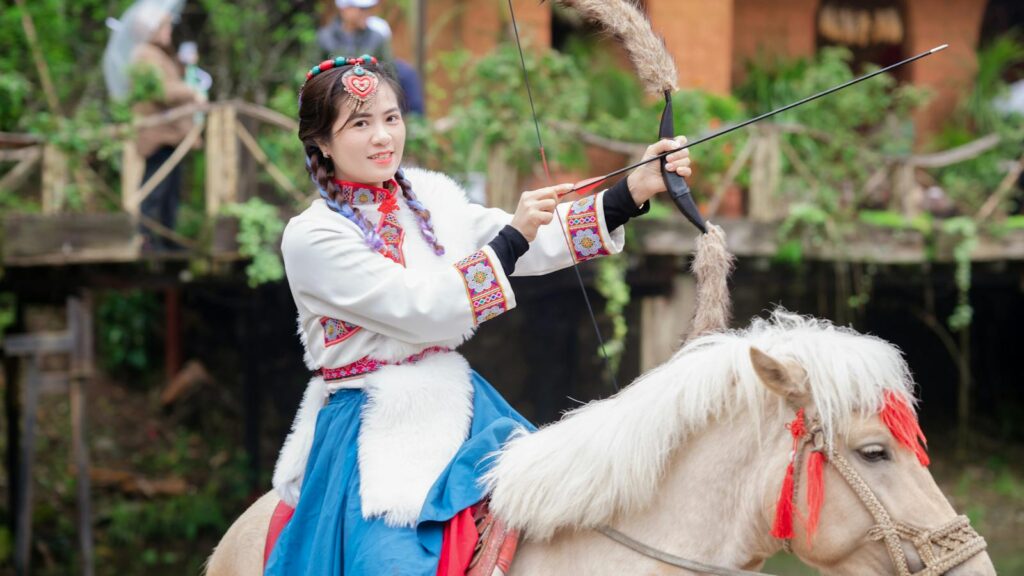
The journey to mounted archery competition combines the disciplines of horsemanship and archery with a deep connection to historical traditions. This unique blend creates a compelling challenge that rewards patience, consistent practice, and methodical progression. Whether you’re drawn to mounted archery for competitive achievement, historical appreciation, or simply the joy of this remarkable horse-human partnership, the process of developing these skills offers profound satisfaction. As you progress from those first tentative shots at a walk to confidently galloping down a competition course, you’ll join a community that spans continents and centuries—modern practitioners of an ancient art that continues to captivate and challenge riders around the world. By building strong foundations, training systematically, and respecting both the technical and mental aspects of the discipline, you can develop the rare and impressive skill of accurate archery from horseback—a pursuit that connects modern athletes with warrior traditions stretching back thousands of years.

